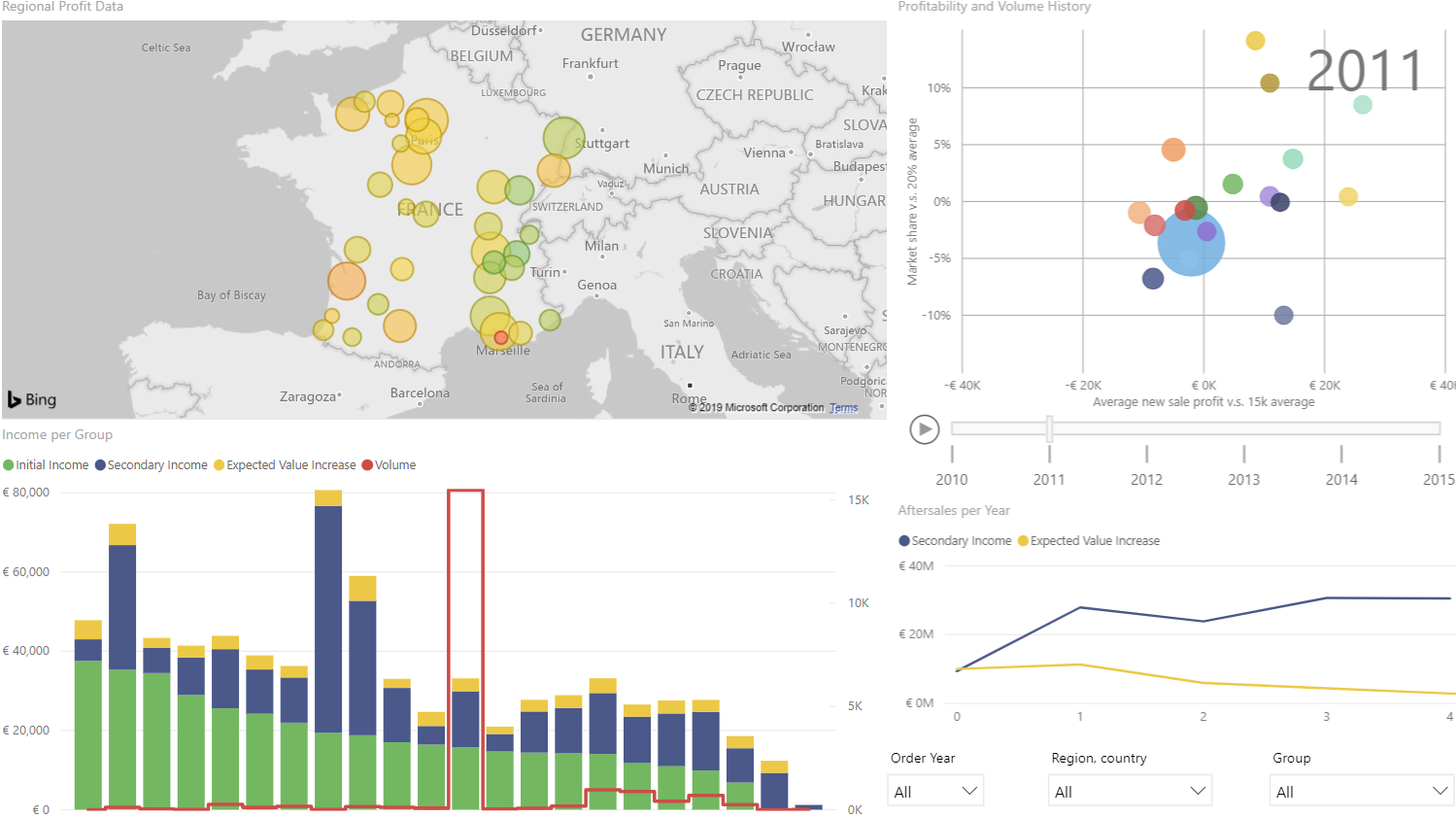The Analysis
Figuring Out Where Profit Is Made
It is the organization as a unit that is either successful or not successful. All parts of an organization are stakeholders in the delivery to the customer. Hence, we need to focus on the big picture, but to improve we need to understand the details of each part of the organization. See the whole, see the details.
It is easy to focus on the work at hand, the delivery, the manufacturing of a part, the marketing campaign, or such. When we are improving or introducing change we tend to focus on one single team or one activity at the time. As managers we normally set targets or requirements based on a team’s performance. We measure a team on what a team produces, i.e. units produced, takt time, quality, reports, etc. Often new targets and goals require an unspecified “more”. Hence, we treat the team as an independent unit, free of relations. Of course, we understand that the team has relations to other teams, but nonetheless that is not considered.

Nothing, however, is independent. Everything in an organization is interconnected. Whatever you do will affect someone else. Treating teams as independent will only create sub-optimization, on all levels, losing sight of the common goal, the delivery to a customer.
To become truly successful as an organization, the understanding of each team’s part and contribution to the greater good, i.e. the customer delivery, is of essence. Data and visual information will tell that story. Data that can be analyzed and visual information can be processed and put in perspective of the whole.

All organizations are complex, thus in different ways. No organization is like any other. Complexity is a natural state in organizations today. However, when the details of the complexity are not fully understood it causes complication, which results in malfunctions, deviations or other breakdowns. We need to embrace and understand the complexity so we can remove and discard the complication.
Sometimes the organization does not have the resources or the knowledge to analyze and understand vast amount of data and information. In such cases third parties can be useful. Not only to do the analysis, but also to support the interpretation of the analysis. The interpretation need to include all perspectives, both narrow and wide, the details and the whole.